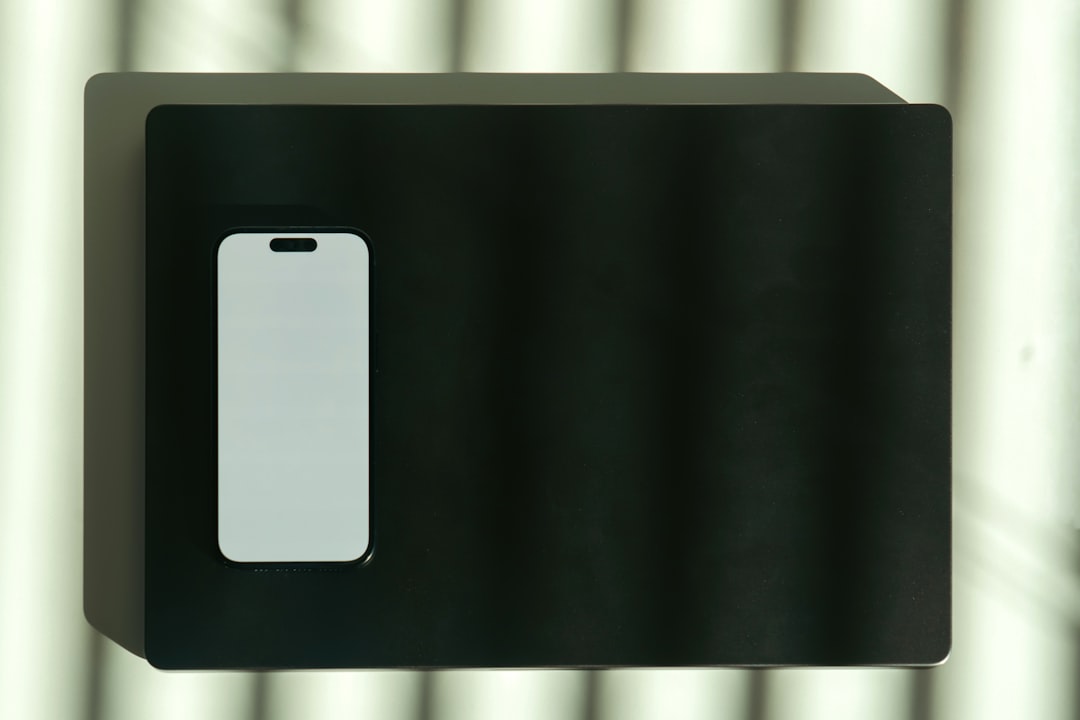Google continues to redefine smartphone innovation with its flagship Pixel series. As the tech world eagerly anticipates the launch of the Google Pixel 10, early leaks and credible insider reports have started to shape our understanding of what might be the most polished Pixel yet. With upgrades across design, performance, cameras, and software integration, the Pixel 10 promises an ambitious leap forward in mobile technology.
TLDR: Pixel 10 Summary
The Google Pixel 10 is expected to feature a refreshed design, an even more refined Tensor G4 chipset, improved Galaxy-grade cameras, and a brighter OLED display. It will run Android 15 out-of-the-box and offer deeper AI-driven features throughout the user experience. The expected release date is October 2024. While not a total reinvention, the Pixel 10 is a strong iterative upgrade that builds upon the successes of the Pixel 8 and 9 series.
Design and Display
One of the most noticeable changes with the Pixel 10 is the redesign of its unibody shell. Early images suggest a flatter screen, slimmer bezels, and a frame that takes inspiration from the iPhone 15 Pro with subtle curves and polished aluminum sides.
The device is rumored to feature a new 6.4-inch LTPO OLED display with up to 2400 nits peak brightness and a smooth 144Hz refresh rate—marking a significant bump from the Pixel 8 Pro’s 120Hz. The updated Gorilla Glass Victus 3 protection and slightly more compact footprint would also help with comfortable one-handed use.

Performance and Hardware Specs
At the heart of the Pixel 10 is Google’s upcoming Tensor G4 chip, a custom-built SoC developed jointly with Samsung’s semiconductor division. The G4 is built using an enhanced 3nm process node, promising better thermal management and efficiency.
Here’s a breakdown of the known potential hardware specs:
- Processor: Tensor G4, 3nm architecture
- RAM: Options of 12GB and 16GB LPDDR5X
- Storage: 128GB, 256GB, 512GB UFS 4.0 options
- Battery: 5100mAh with 45W wired and 30W wireless charging
- Biometrics: Under-display ultrasonic fingerprint sensor and face unlock
Although Tensor chips have received mixed reviews due to thermal throttling, expectations are high that Google has resolved many of those issues with this new iteration. Benchmarks leaked from test units show a notable performance boost in GPU tasks and AI-driven operations like photo editing and voice transcription.
Camera System
Cameras have always been the hallmark of Pixel phones, and the Pixel 10 is no exception. It builds on the computational photography expertise that Google has championed for years.
The rear camera module may follow the triple-lens layout of last year’s Pixel 9 Pro but with significant sensor upgrades:
- Main Camera: 50MP Samsung GN2 sensor with f/1.7 aperture
- Ultra-Wide: 48MP Sony IMX sensor with macro support
- Telephoto: 48MP periscope lens with 5x optical zoom and 30x digital zoom
The front-facing camera will remain at 12MP but gains support for 4K recording at 60fps. Night Sight and Magic Eraser are reportedly receiving real-time processing through the Tensor G4 NPU, significantly lowering the time required to edit photos on-device.
Software and AI Features
The Pixel 10 will debut with Android 15, tightly woven with Google’s AI suite. Google is pouring serious effort into features like Live Translate, Summarize for YouTube videos, and Hands-Free Typing through voice modeling.
Multitasking is also getting smarter. Pixel 10 introduces a new AI-assisted app preloading system that learns usage habits to reduce loading times. Google Assistant will gain on-screen context awareness, thereby allowing it to interact with open web pages or documents without explicit prompts.
Confirmed smart features include:
- Real-time language translation across all apps
- Proactive wellness reminders from Fitbit integration
- Deeper integration of Gemini AI chatbot
- Fully offline voice command processing
- AI-based call screening and summary transcription
In a further push to distinguish its Pixel line, Google is also working on AI portrait lighting, allowing facial relighting and background retouching in post-processing based solely on context-aware machine learning models.
Build Quality and Sustainability
Google has committed to improving the sustainability credentials of its hardware. The Pixel 10 will feature a chassis made from 80% recycled aluminum and offer an IP68 rating for water and dust resistance. The packaging is also moving to fully biodegradable materials.
Beyond materials, the battery longevity has been a key focus. Adaptive charging and temperature monitoring features aim to keep the battery healthy for over 4 years of regular use, aligning with Google’s new policy of 7 years of software and security updates.
Connectivity and Expansion
The Pixel 10 brings upgrades in terms of connectivity too. With support for Wi-Fi 7, Bluetooth 5.4, and improved modem support for global 5G bands, users can expect faster and more reliable network performance.
Rumors also suggest enhanced satellite connectivity for emergency use in areas without cellular coverage—mirroring a feature seen on Apple’s latest iPhones. Although Google hasn’t officially confirmed this, internal documents mention a “satcom fallback mode.”
Price and Release Date
While Google hasn’t yet revealed official pricing, analysts expect the Pixel 10 base model to start at $999, with higher-tier models priced up to $1299. This places it in direct competition with Samsung’s Galaxy S24 Ultra and Apple’s iPhone 16 Pro.
The expected release date is mid-October 2024, adhering to Google’s traditional launch timeline. The phone will likely be unveiled at the next Made by Google event, with pre-orders immediately following the announcement.
Final Thoughts
The Google Pixel 10 stands as a culmination of years of AI evolution, camera mastery, and tailored hardware design. While it may not be a groundbreaking overhaul, its focused improvements—especially in display quality, AI-assisted functionality, and camera capabilities—make it one of the most anticipated Android flagships of 2024.
For users who value seamless software integration backed by intelligent tools, the Pixel 10 could be a compelling alternative to traditional powerhouses like Apple and Samsung.